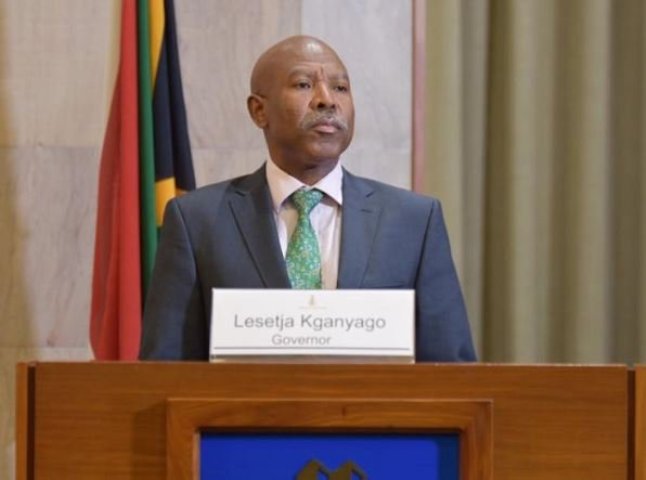The South African Reserve Bank (SARB) Monetary Policy Committee (MPC) has unanimously decided to reduce the repo rate by 25 basis points, lowering it from 8% to 7.75%, effective Friday. This marks the second consecutive rate cut announced by SARB Governor Lesetja Kganyago.
Kganyago emphasized that the committee deemed the reduction consistent with achieving the inflation target. “The committee agreed that reducing the level of policy restrictiveness is still consistent with achieving the inflation target,” he said.
The move aligns with a broader effort to stabilize the economy following a recent report from Statistics South Africa, which revealed a significant dip in inflation to 2.8% — the lowest since June 2020 and below the SARB’s target range of 3% to 6%.
“The risk outlook requires a cautious approach,” Kganyago warned, citing factors such as global interest rate trends and the recent depreciation of the Rand as potential disruptors.
Economic Outlook and Future Rate Path
The SARB’s Quarterly Projection Model (QPM) indicates the possibility of further rate easing in the future, with levels stabilizing slightly above 7%. However, Kganyago underscored that the QPM serves only as a broad policy guide.
“The MPC will make decisions on a meeting-by-meeting basis, with no forward guidance and no pre-commitment to any specific rate path. Such decisions will remain responsive to data developments and the balance of risks to the forecast,” he noted.
Kganyago highlighted several risks that could impact the medium-term inflation outlook, including:
- Potential increases in food prices, driven by global supply chain disruptions.
- Escalating electricity and water tariffs, compounded by continued load shedding.
- Rising insurance premiums and wage settlements.
Inflation Expectations and Consumer Impact
While current inflation appears well-contained, Kganyago explained that inflation expectations remain “backward-looking,” with prior periods of higher inflation influencing future projections.
“[We] anticipate inflation expectations will moderate further. Our policy stance, alongside the experience of lower inflation, will help anchor expectations more firmly at lower levels,” he said.
The latest rate cut is expected to offer relief to consumers and businesses, potentially easing debt repayment pressures and boosting economic activity. However, Kganyago cautioned that the medium-term outlook remains uncertain, urging vigilance against external shocks.
Broader Implications for the Economy
The rate cut comes as South Africa grapples with economic challenges, including sluggish growth and high unemployment. Experts suggest that the SARB’s accommodative stance could support investment and stimulate consumer spending.
Financial analysts predict that the SARB may consider further rate adjustments if inflation remains within or below the target range and external conditions allow for continued easing.
Government and Market Reactions
The National Treasury welcomed the SARB's decision, highlighting its potential to boost household finances and spur economic growth. The private sector has similarly expressed optimism, with hopes that lower borrowing costs will help revive struggling industries.
Kganyago concluded his remarks with a reminder of the SARB’s primary mandate: ensuring price stability. “The committee remains committed to maintaining inflation within the target range while fostering an environment conducive to sustainable economic growth,” he said.
The MPC is scheduled to reconvene in early 2024 to assess the evolving economic landscape and determine the next steps in monetary policy.











